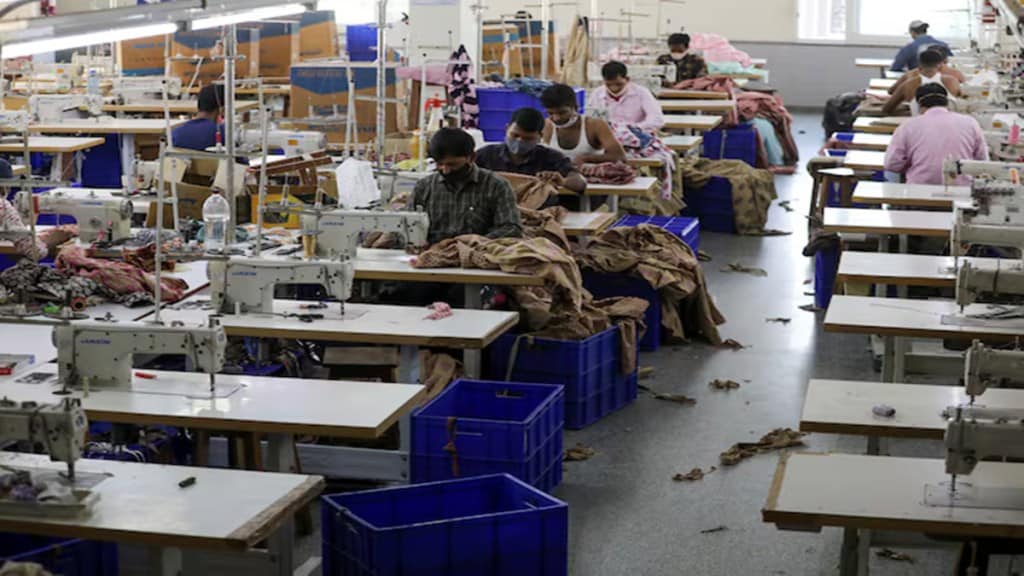The government is reportedly contemplating more incentives for manufacturing, and this time around job creation and capital expenditure may be the key eligibility yardsticks. The move comes against a backdrop of assorted policy measures aimed at giving a fillip to the sector — including generous tax reliefs, and capital support largely restricted to units above a threshold size — having produced sub-optimal outcomes. Except in a few sectors like automobiles and, more recently, smartphones, manufacturing in the country has struggled to keep pace with the overall GDP. Factories employ barely 15% of Indian workforce, and have their share declining. With labour-intensive segments being in the doldrums, many have argued that since manufacturing in India suffers from a distinct cost disadvantage, the task of job creation should rather be left predominantly to the services sector. The dichotomy between the country’s robust balance of payment surplus, which keeps propping up the rupee, and the imperative of a weak currency for strong manufacturing exports is also often being cited.
In this context, the government’s latest move betrays the deficiencies in current policies like production-linked incentives (PLIs), which aren’t the best way to deploy scarce capital. It may have come from the recognition that employment creation of the levels required won’t be possible without a broad-basing of manufacturing. To be sure, any additional steps to support manufacturing units would necessarily involve an initial cost to other taxpayers. So, these ought to be designed to buttress the whole supply chains of production inputs so as to minimise market distortions. A supportive ecosystem of smaller units is vital for large-scale manufacturing plants to thrive. The incentives, therefore, ought to be disbursed in a manner that the micro, small and medium enterprises also benefit from them, aiding the plan to create 7.8 million non-farm jobs annually for several years.
Heightened government funding of infrastructure may help crowd in private funds. Institutional arrangements being put in place for easier, project-compatible infrastructure financing, and the re-modelling of public-private partnerships could also spur private capex. However, PLIs and import substitution policies (canalisation, higher tariffs) are unlikely to help the cause of raising the share of manufacturing in GDP. The limitation of PLIs is evident from the fact that only 5% of the budgetary funds of Rs 2 lakh crore earmarked for 14 sectors currently under their ambit has been spent yet, even though some of the schemes are half-way through their tenures. Even the deep cut in the rate of corporate income tax effective FY20 or the concessional 15% tax for “new manufacturing units” haven’t apparently led to much incremental investments. In fact, the lowering of corporate tax has resulted in a commensurate rise in the tax burden on individuals, which, coupled with stagnant income growth, has slowed domestic consumption.
Policymakers cannot be faulted for giving emphasis to high-end, capital-intensive manufacturing. The country can’t afford to miss the opportunity to become a leading player in emerging manufacturing sectors like semiconductors, green hydrogen, robotics hardware, etc. But, the government must not lose sight of the need to improve overall production processes and efficiencies through policies that correct structural issues, and market concentrations. The plans to set up “future-ready industrial cities” where “plug-and-play” infrastructure will be provided at the plot level, and build industrial regions alongside the freight corridors, are welcome. But these would produce the desired results only if capital allocation policies too are right.


